Together, we are the co-owners of nearly 600 million acres of public land. You might know them as National Parks, national forests, wildlife refuges or perhaps other names. Public lands became a unique part of our American heritage with the creation of Yellowstone National Park in 1872. America’s public lands provide critical habitat for fish and wildlife, protect clean air and clean water, and offer Americans numerous outdoor recreation opportunities. Four federal agencies protect and manage our public lands. The National Park Service, U.S. Forest Service, Fish and Wildlife Service, and Bureau of Land Management all have slightly different mandates, but they all work for the American people. These agencies “take care of” the land collectively put into trust for the People of the United States. In addition, Wilderness Areas and Wild and Scenic Rivers receive special protections and are spread throughout the four agencies. To help make sense of it all, we put together this comprehensive guide to America’s public lands. Here, you will find a wealth of information to help you plan your next visit to the most inspiring places in America.
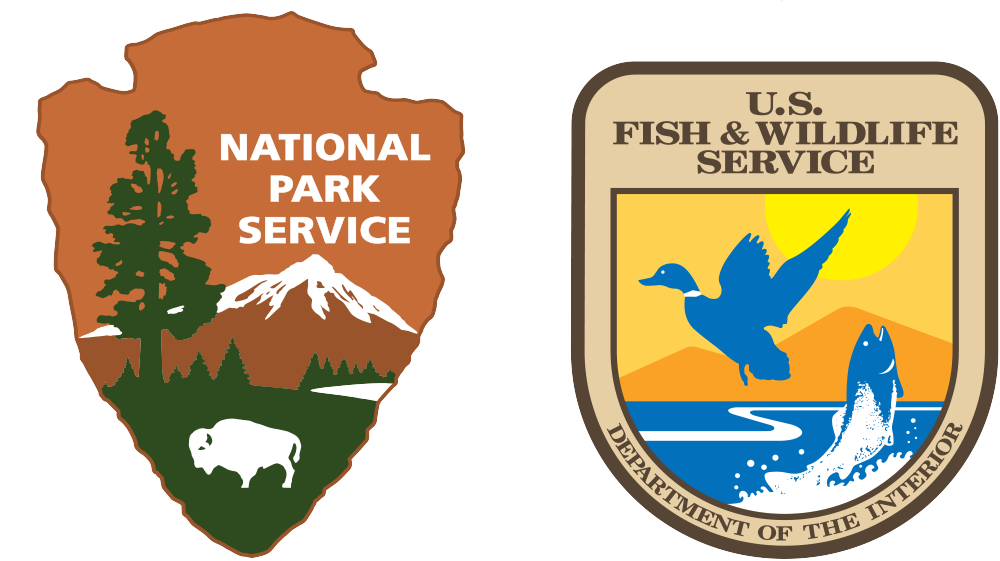
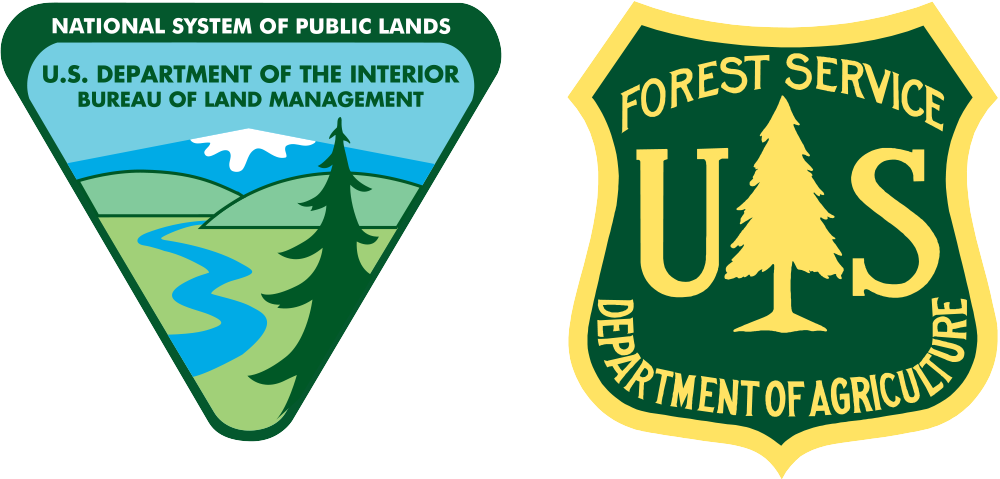
The National Park Service
Department of the Interior
Lands Managed: 85 million acres across 428 sites in all 50 states including:
- 63 National Parks
- 84 National Monuments
- 74 National Historic Sites
- 63 National Historic Parks
- 16 National Battlefields
- 10 National Seashores/3 Lakeshores
Mission: The National Park Service preserves unimpaired the natural and cultural resources and values of the National Park System for the enjoyment, education, and inspiration of this and future generations. The National Park Service cooperates with partners to extend the benefits of natural and cultural resource conservation and outdoor recreation throughout this country and the world.
For many Americans, the National Park Service (NPS) is the most familiar of the agencies in charge of America’s public lands. Anyone who has visited a national park, national seashore, national battlefield, or national historic site has benefitted from the National Park System. National parks preserve some of the most iconic landscapes in North America. As a result, every American can, and should, see the Grand Canyon, the Yosemite Valley, Yellowstone’s geyser basin, Crater Lake and the coastal Redwoods. All of these call the National Park System home. Not surprisingly, the National Park Service reported a record 310 million visitors in 2022.
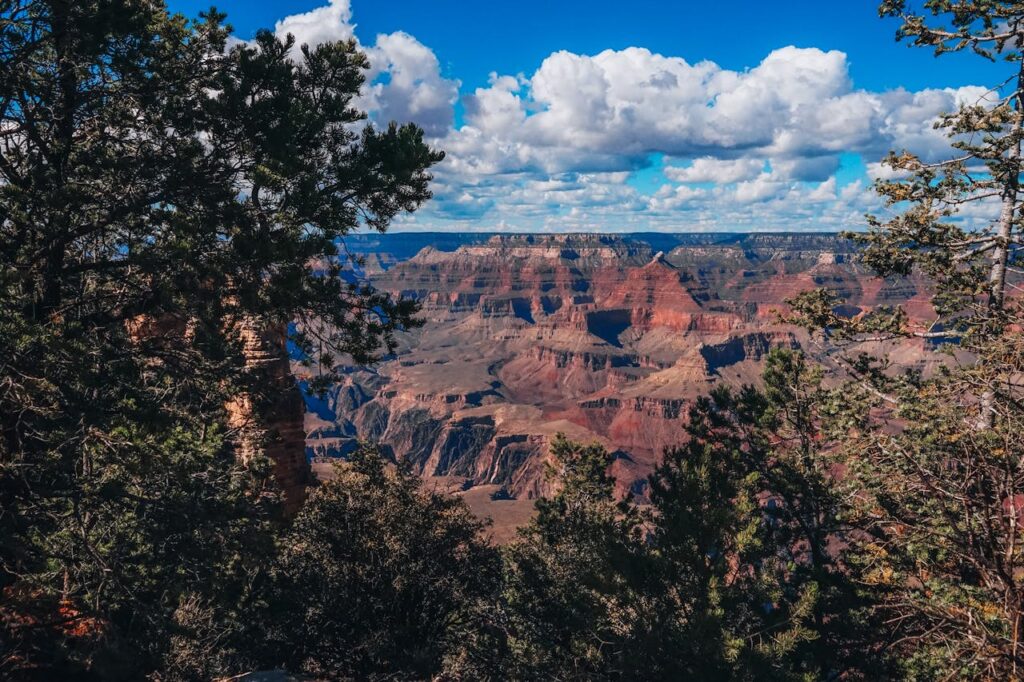
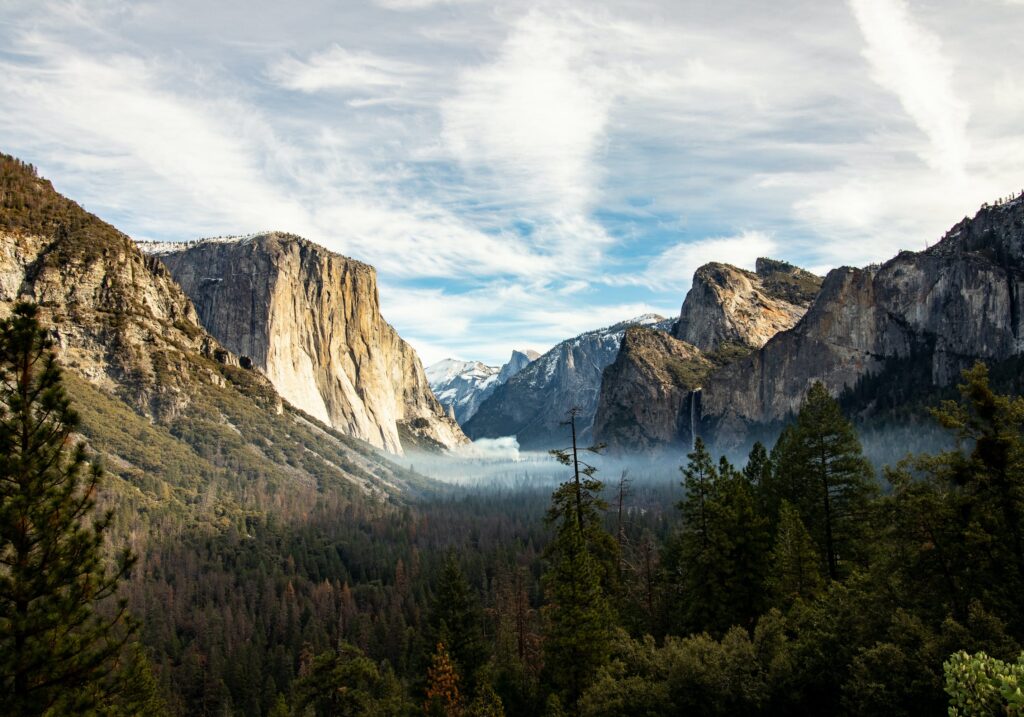
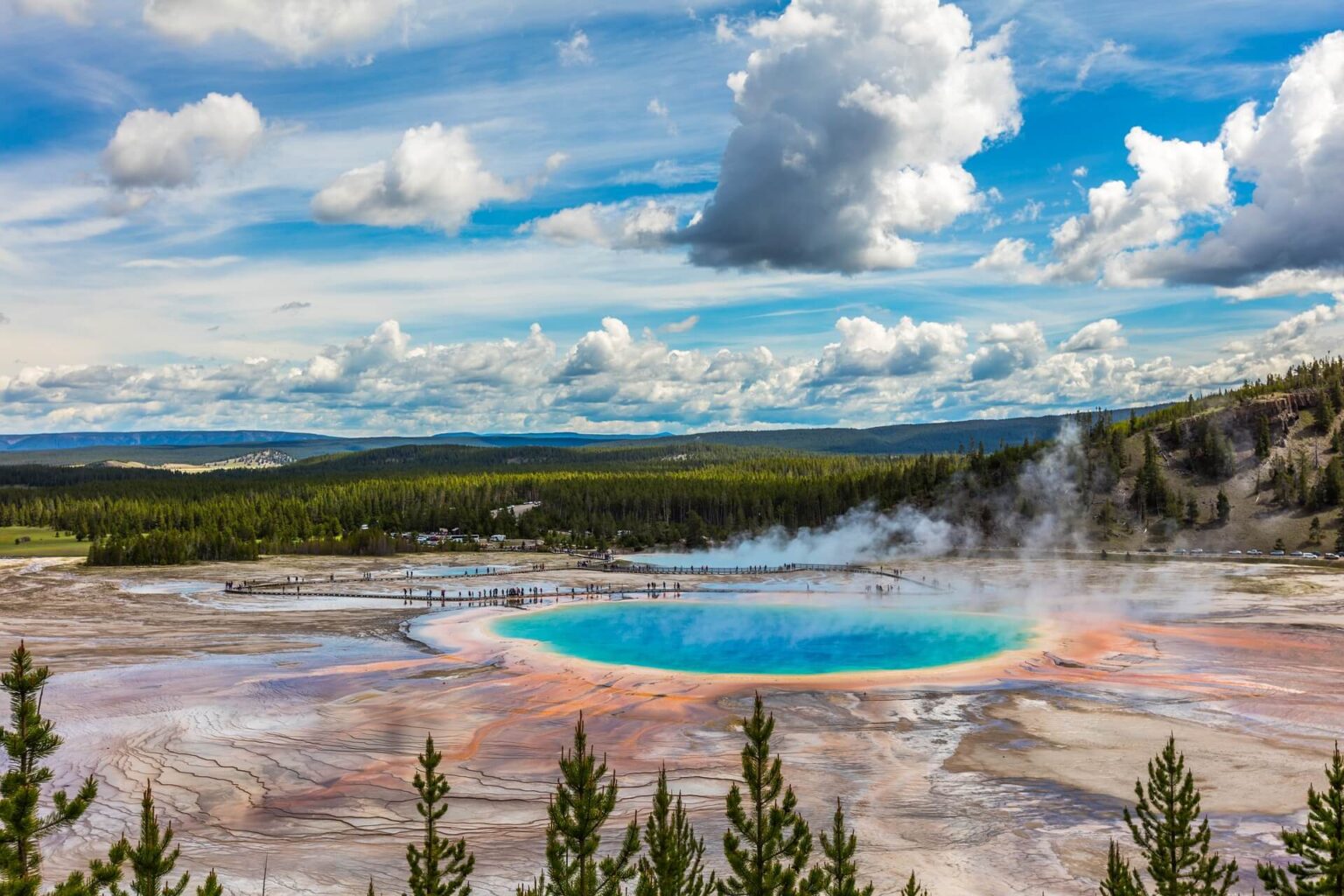
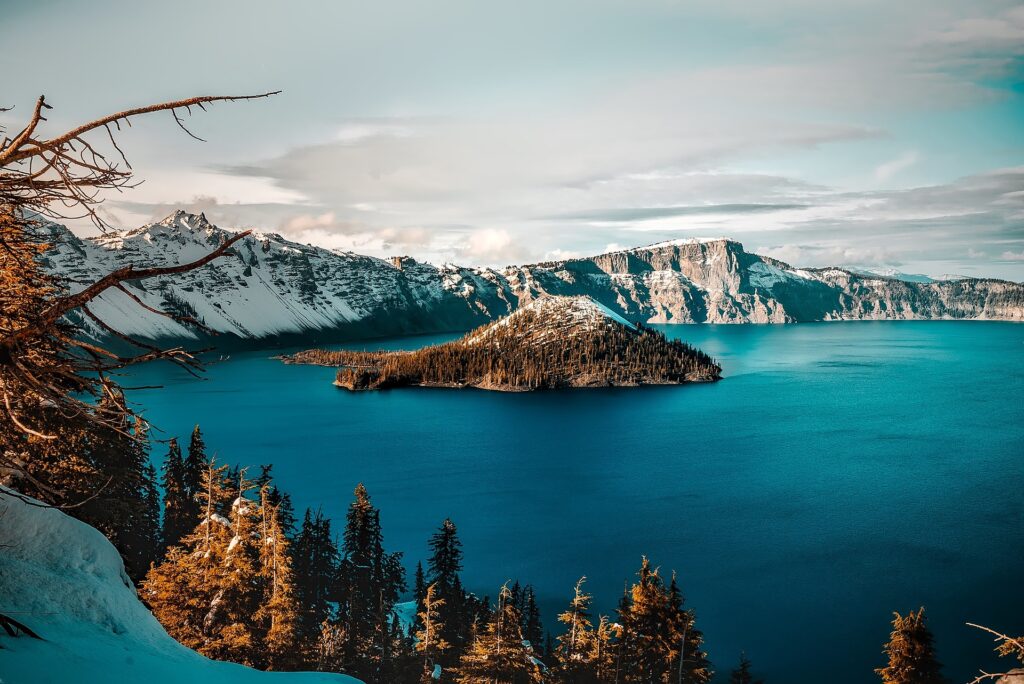
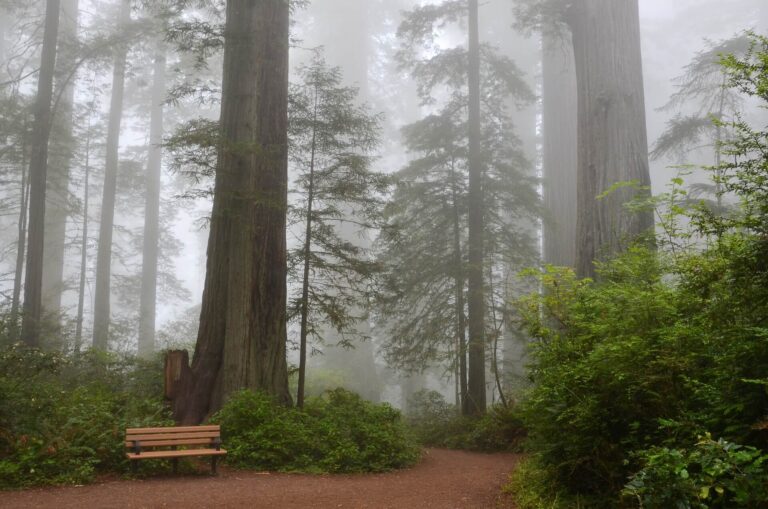

When the National Park Service was created by the Organic Act in 1916, the Department of the Interior was already in charge of 14 national parks and 21 national monuments. Our current national park system has expanded to include twenty-eight different designations, even if the words “national park” are not in the name. This can often lead to confusion for potential visitors.
National parks and national monuments are often the largest units in the National Park System. The main difference between national parks and national monuments is how they are created. National Parks can only be established by acts of Congress. Yellowstone (WY, MT, ID) became the world’s first national park in 1872 and the New River Gorge (WV) was the most recent addition in 2020. On the other hand, national monuments can be designated by the President. During the “Golden Age of Conservation” President Theodore Roosevelt signed the Antiquities Act of 1906, giving Presidents the power of proclamation to federal lands of important historical or scientific value. The Antiquities Act is responsible for twenty-five percent of all lands currently managed by the National Park Service. In fact, many of our national parks first earned federal protection as national monuments.
Advantages to Visiting National Parks
- Easy access by developed roads
- Adequate services: visitor centers, food, lodging, gas
- Paved trails for wheelchair access
- Developed campgrounds can be reserved in advance (recreation.gov)
Disadvantages to Visiting National Parks
- The most crowded of our public lands
- Entrance fees required for access
- Dogs prohibited in many areas
- Most restrictive recreation – no hunting or off-road vehicle use
- Drone use is prohibited
U.S. Fish & Wildlife Service
Department of the Interior
Lands Managed: Over 95 million acres of land in all 50 states and 5 territories including:
- 570 National Wildlife Refuges
- 38 Wetland Management Districts
- 71 National Fish Hatcheries
- 5 Marine National Monuments
Mission: Working with others to conserve, protect, and enhance fish, wildlife, plants, and their habitats for the continuing benefit of the American people.
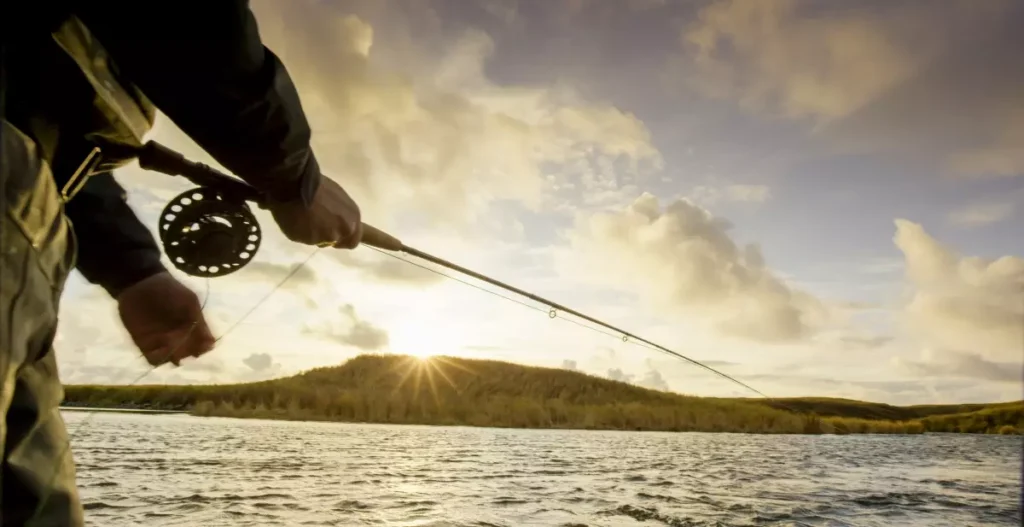
The U.S. Fish and Wildlife Service (USFWS) is a bureau within the U.S. Department of the Interior and the world’s first wildlife conservation agency. Their conservation work dates back to 1871 when Congress established the U.S. Fish Commission to study why the nation’s food fishes were decreasing. By 1872 the Commission was already working on fish culture development, leading to the establishment of the National Fish Hatchery System. In 1885 the Bureau of Biological Survey was established, and became the “wildlife” side of the nation’s conservation efforts. In 1903, Pelican Island, Florida became the nation’s first National Wildlife Refuge. Fifty-three more wildlife refuges would follow before the end of Theodore Roosevelt’s presidency. Decades later, the Bureau of Fisheries and Biological Survey were transferred to the Interior Department and combined, formally establishing the USFWS in 1940.
Lands and waters in the National Wildlife Refuge System serve a purpose distinct from that of other U.S. public lands. Wildlife conservation drives everything from the purposes for which each refuge was established, to the recreational activities offered, to the resource management tools used. Each national wildlife refuge is established by Congress to serve a specific statutory purpose for native species and their habitats. And while some refuges might be closed to protect those species, the vast majority are open to the public.
The USFWS and its refuges are often overlooked as public lands we can enjoy. But with more acreage than the National Park Service, and lands dedicated to wildlife and habitat conservation, the fishing and hunting opportunities are a hidden gem. National WIldlife Refuges, National Fish Hatcheries, and Wetland Management Districts provide a variety of outdoor recreation opportunities that just might surprise you. Hunting, fishing, wildlife viewing, hiking, and photography are among the activities promoted by USFWS Visitor Services.
In 2011 the National Wildlife Refuge System produced a significant strategic plan to face the challenges of a rapidly changing conservation landscape. That plan, Conserving the Future, included 24 recommendations to guide the refuge system, including to improve access and opportunities to recreate on these amazing federal lands.
National Fish Hatchery System
The National Fish Hatchery System plays an important role in helping the Fish and Wildlife Service’s mission to conserve, protect, and enhance, fish, wildlife, plants, and their habitats. National fish hatcheries work very closely with states and Tribes to produce and distribute over 100 million fish across the nation each year. Some exist to boost recreational fishing, others to help with conservation efforts, and may also provide safety for endangered species. Public fishing events, tours, and other educational activities can be found during a visit to a fish hatchery.
Advantages to Visiting WIldlife Refuges
- Wildlife viewing is excellent
- Rarely crowded, even when located near large cities
- Most refuges and hatcheries are free; only a few require a nominal fee
- Probably one close to where you currently are
Disadvantages to Visiting Wildlife Refuges
- Very few offer camping
- Almost all prohibit overnight use
- Drone use is prohibited
- Dogs must be on a leash OR could be prohibited – check regulations before you go
Bureau of Land Management
Department of the Interior
Lands Managed: 245 million acres including 35 million acres of National Conservation Lands
Mission: to sustain the health, diversity, and productivity of public lands for the use and enjoyment of present and future generations.
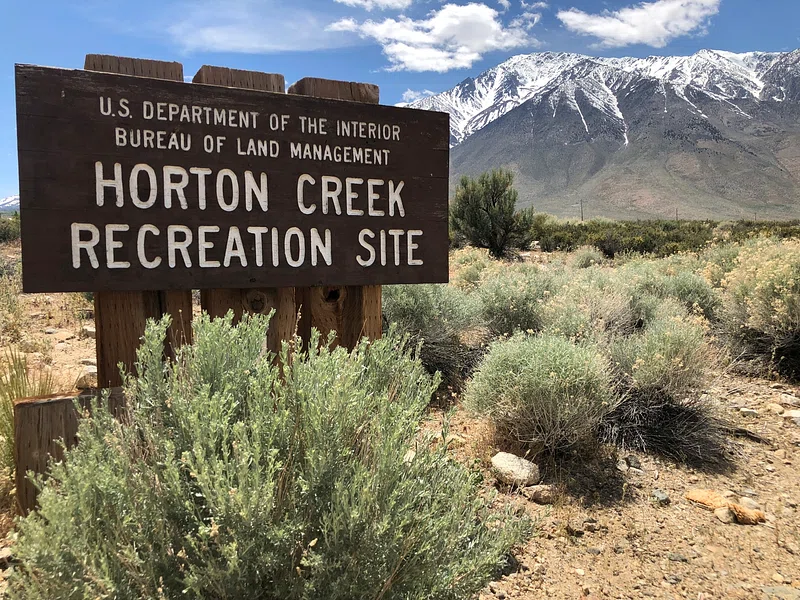
The Bureau of Land Management (BLM) might be the least well-known of the four federal agencies in charge of America’s public lands. BLM sites might not be as famous as their Interior Department siblings, but there is a lifetime of recreational opportunity for those who know where to look. About one-tenth of all land in the United States – some 245 million acres – falls under BLM jurisdiction. As an added bonus, 99% of all BLM lands are available to the public without any fees!
Congress created the Bureau of Land Management with the Federal Land Policy and Management Act of 1976. Upon its creation, the Bureau of Land Management was given two equally important mandates. First, BLM lands must be managed under multiple-use guidelines that promote commercial, recreational, and conservation activities. Traditional land uses promoted by the BLM include livestock grazing, mining, timber harvesting, energy development, and outdoor recreation. Second, the BLM manages 37 million acres of specially designated National Conservation Lands.
BLM National Conservation Lands
The Bureau of Land Management plays a larger role in conservation than many people realize. Since its creation in 2000, the National Conservation Lands system has almost doubled in size. Currently, the BLM has about 37 million acres of National Conservation Lands designated for the protection of biodiversity, freshwater supplies, and the climate system. National Conservation Lands include:
- BLM Wilderness Areas (263)
- BLM Wilderness Study Areas (487)
- BLM National Monuments (30)
- BLM National Conservation Areas (25)
- National Scenic and Historic Trails (6,000 miles)
- National Wild & Scenic Rivers (2,700 miles)
The National Conservation Lands offer some of the best opportunities for outdoor recreation on BLM land. BLM National Conservation Lands welcome a variety of activities including:
- Biking
- Camping
- Fishing
- Hiking
- Hunting
- Rafting
- Rock Climbing
Advantages to Visiting BLM Lands
- Typically the least crowded public lands
- 99% offer FREE public recreation
- Dogs are welcome!
- Can fly drones in most places except Wilderness Areas
Disadvantages to Visiting BLM Lands
- Only found in 12 western states (AK, AZ, CA, CO, ID, MT, , NM, NV, OR, UT, WA, WY)
- Very few OR no services
- Limited paved road access
- Must share the land with commercial grazing
U.S. Forest Service
Department of Agriculture
Lands Managed: 193 million acres in 154 national forests and 20 national grasslands
Mission: To sustain the health, diversity, and productivity of the nation’s forests and grasslands to meet the needs of present and future generations.

By the late 1800’s the vast wilderness of the American West was essentially gone. The frontier was officially closed by the U.S. Census of 1890, and many people were concerned about the abuse of America’s natural resources. Each year, twenty-five million acres of forest were being logged or burned. The forests of the United States were thought to be “inexhaustible” and wasting timber was common. By the 1890’s, the Eastern forests were basically gone, burned to clear land for farming or logged for timber. Western forests were well on their way to the same destruction. In response, Congress passed the Forest Reserve Act of 1891. This legislation gave the President the power to set aside public lands in the west as “Forest Reserves”. Other than Yellowstone National Park, Forest Reserves were the first public lands to protect the dwindling resources in the United States. Although originally part of the Interior Department, the Forest Reserves officially became the U.S. Forest Service when President Roosevelt transferred their management to the Department of Agriculture in 1905.
In that same year, Roosevelt appointed Giffort Pinchot as the U.S. Forest Service’s first chief. Pinchot was one of the early champions of the Conservation Movement. He is credited with creating the term conservation, a misunderstood concept that often gets confused for preservation. Pinchot and Roosevelt defined “Conservation” as the wise use of the Earth’s resources “for the greatest good, for the greatest number, in the long run.” As the nation’s first professionally trained forester, Giffort Pinchot pioneered several management principles that became staples for the Forest Service over the next 120 years:
- Scientific Management – In National Forests, minerals are mined, timber gets logged, and livestock is grazed. However, the “greatest good” is determined by scientific principles that drive the management of these activities.
- Multiple Use – National Forests are managed for multiple uses including timber harvesting, mining, livestock grazing, fish and wildlife habitat, and outdoor recreation.
As the first federal land managers, the Forest Service faced challenges from many competing interests, especially in its early years. Despite these challenges, Pinchot tripled the size of the nation’s forest reserves during his time as chief.
To learn more about the differences Conservation vs. Preservation CLICK HERE!
No matter where you live in America, chances are you can access a national forest without too much effort. In fact, seventy percent of Americans live within a two hour drive of the U.S. Forest Service’s 193 million acres. National Forests and National Grasslands are some of the most accessible of America’s public lands.
...the National Forests serve a good purpose as great playgrounds for the people. They are used more of less every year by campers, hunters, fishermen, and thousands of pleasure seekers from the near-by towns. They are great recreation grounds for a very large part of the people of the West, and their value in this respect is well worth considering
Giffort Pinchot, Use of the National Forests, 1907
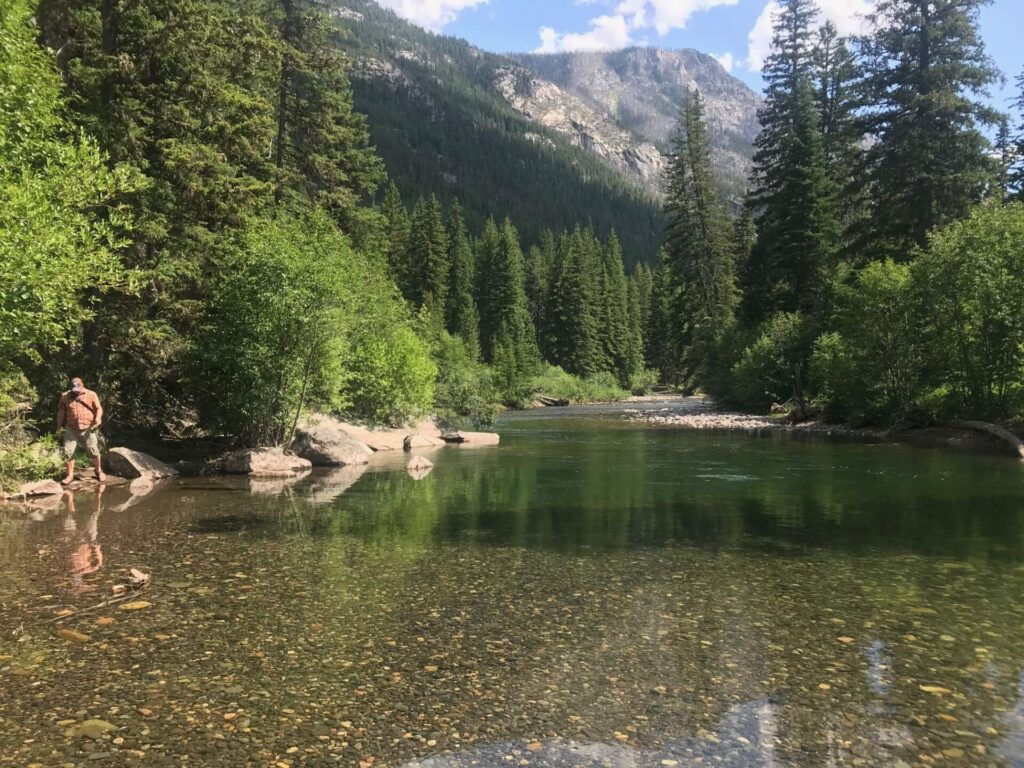
Advantages to Visiting National Forests
- Free access
- Extensive network of paved and gravel roads
- 4,300 campgrounds with some services (water, restrooms, food storage boxes)
- Many areas allow dispersed camping
- 158,000 miles of maintained trails
- Dogs are welcome! Many even have off-leash areas where pups can run free!
Disadvantages to Visiting National Forests
- Developed campgrounds require a nightly fee
- Must share the land with commercial grazing
Special Public Lands Managed by Multiple Agencies
Wilderness Areas
Some of America’s public lands have been given special protection under the Wilderness Act of 1964. As of 2023 there were 806 federally designated wilderness areas totaling more than 111 million acres. Each of the four agencies have Wilderness areas under their protection and management.
- National Park Service (48 million acres/61 wilderness areas)
- U.S. Forest Service (37 million acres/448 wilderness areas)
- U.S. Fish & Wildlife Service (21 million acres/71 wilderness areas)
- Bureau of Land Management (12.3 million acres/260 wilderness areas)

Wilderness areas are given the highest level of protection in our system of federal public lands. There are no paved roads or other forms of human development. Visitors to Wilderness areas must travel by foot, horseback, or non-motorized boat. Although it means different things to different people, Wilderness is a place where visitors can find the quiet solitude that truly enhances the outdoor experience. The authors of the Wilderness Act intended outdoor adventure to be an integral component of wilderness, including in their definition that it “has outstanding opportunities for solitude or a primitive and unconfined type of recreation.” Outdoor recreation in the Wilderness can take many forms including backpacking, camping, fishing, hiking, horseback riding, hunting, mountaineering, and photography.

A WILDERNESS is hereby recognized as an area where the earth and its community of life are untrammeled by man, where man himself is a visitor who does not remain.
Wilderness Act, 1964
Wild and Scenic Rivers
It is hereby declared to be the policy of the United States that certain selected rivers of the Nation which, with their immediate environments, possess outstandingly remarkable scenic, recreational, geologic, fish and wildlife, historic, cultural or other similar values, shall be preserved in free-flowing condition, and that they and their immediate environments shall be protected for the benefit and enjoyment of present and future generations.
WIld & Scenic Rivers Act, 1968

The National Wild and Scenic Rivers System is another category of public land whose protection and management is shared by all four government agencies outlined above. In 1968, Congress passed the Wild and Scenic Rivers Act to protect the free-flowing status of the nations rivers with outstanding water quality and resources. When rivers are added to the National System, sections of the river are designated according to the level of development along the river.
- Wild Rivers (6452 miles) are unpolluted and undammed, flow through undeveloped watersheds, and can only be accessed by trails.
- Scenic Rivers (2995 miles) are unpolluted and undammed, flow through mostly undeveloped watersheds, but can be accessed by roads.
- Recreational Rivers (4019 miles) are easily accessible by road, have some development within their watersheds, and have been dammed or diverted in the past
